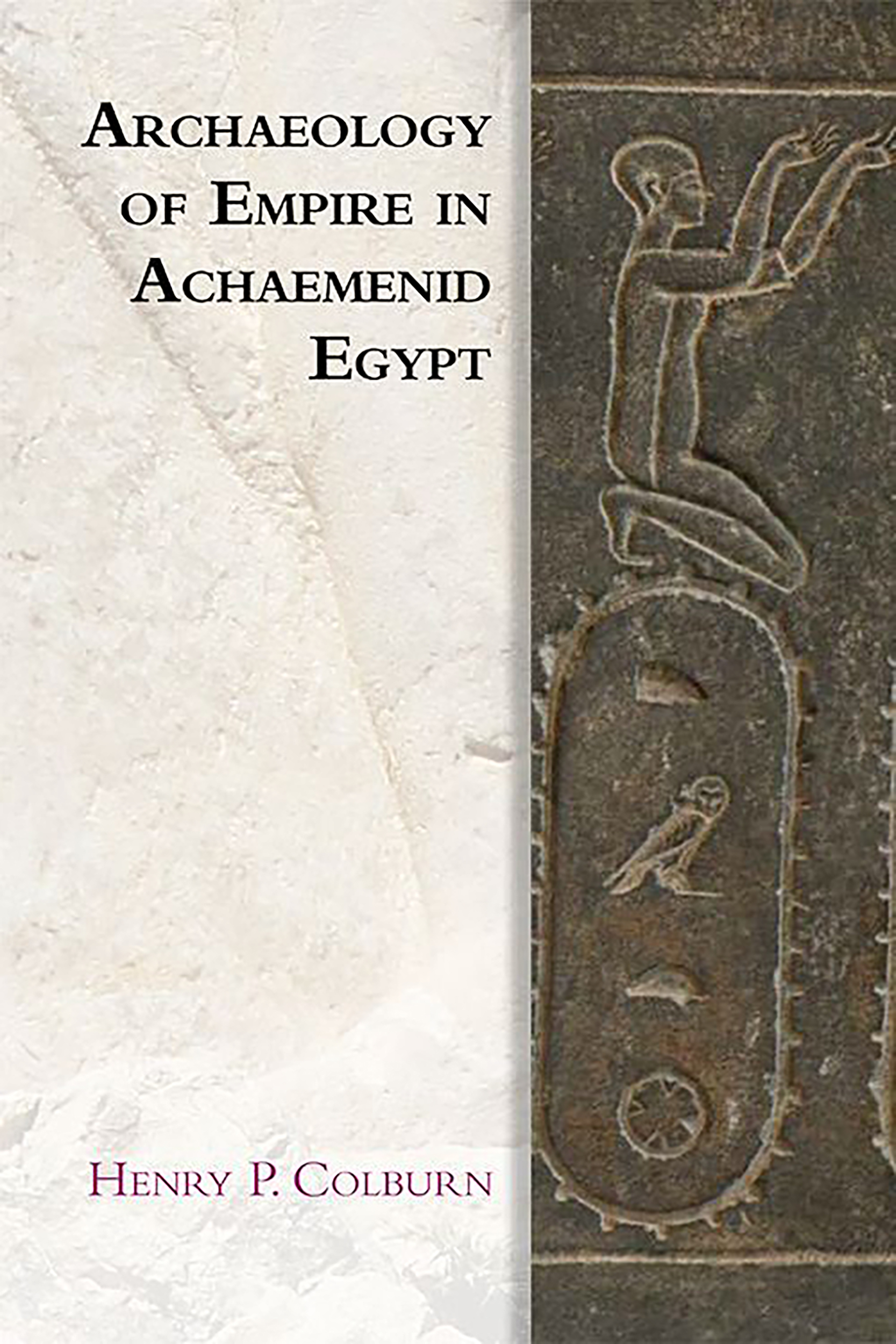
Archaeology of Empire in Achaemenid Egypt
Kyle Pakka
Henry P. Colburn
Edinburgh UP, 2020
Coming on the heels of ancient Egypt’s zenith of power in the New Kingdom period and before the arrival of Alexander in 332 BCE, the era of Achaemenid Persian rule (526–404 BCE), has traditionally been viewed by scholars as either a period of oppression by foreign invaders or an insignificant blip in the long pageant of Egyptian history. Henry P. Colburn, a Fellow in Ancient Near Eastern Art at the Metropolitan Museum in New York, surveys the material evidence—temples, tombs, irrigation works, statues, stelae, drinking vessels and coins—to create a more nuanced portrait of the age. Achaemenid Egypt was the Egypt known to Herodotus (c. 484–c. 425 BCE) and other Classical Greek writers and, as Colburn posits, was “a major feature of the intellectual, cultural, economic and political landscape of the Mediterranean and wider Near East.” Serious devotees of Egyptian history, rather than casual fans, will enjoy Colburn’s meticulous research and appreciate seeing this overlooked period in a new light.
You may also be interested in...

British Library’s 500-Year-Old Nizami Manuscripts Shed Light on Power of Art and Poetry in 12th-Century Herat
Persian and Mughal scholar and specialist Barbara Brend presents a comprehensive study of one of the most highly esteemed works of Persian Literature.
British Museum Curator Takes Readers on Journey Spanning 6,000 Years
Southeast Asia curator Alexandra Green takes readers on a journey spanning 6,000 years, highlighting objects from Neolithic stone tools to contemporary paintings.
Untold Stories of British Muslim Women as Agents of Change
Sociologist Sariya Cheruvallil-Contractor and historian Jamie Gilham present 100 years of Muslim women who have contributed to the dynamism of Islam in Britain.